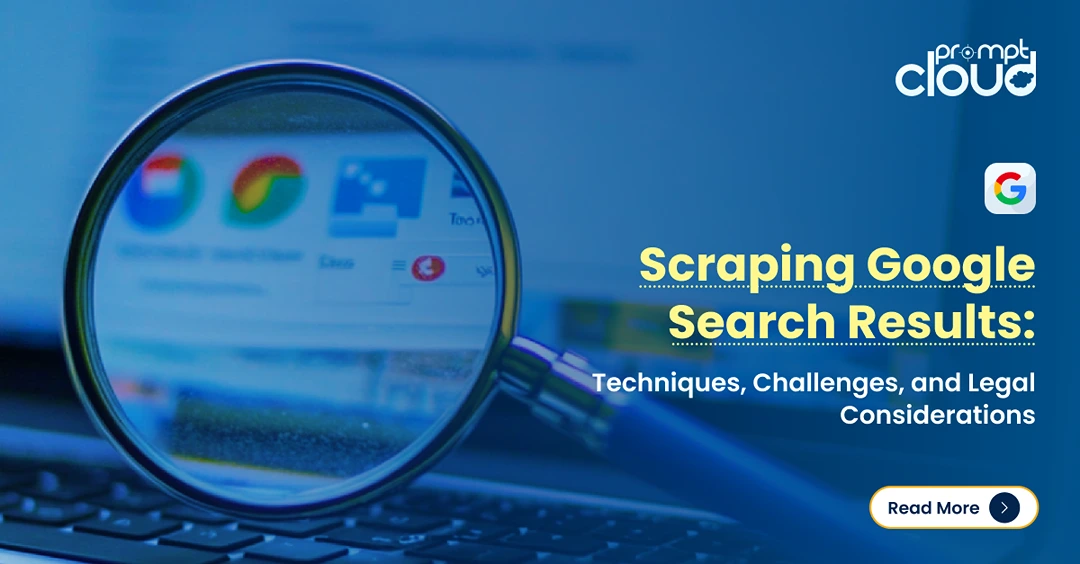
Online reviews are an e-commerce business’s greatest sales tool.
However, the rise of fake reviews has quickly become a scourge for online businesses, misleading customers by harming or falsely inflating brand reputation.
Online business owners, now more than ever, need to regularly identify fake reviews and remove them.
Here’s where breakthrough technologies like Artificial Intelligence (AI) and web scraping take the effort out of fraudulent review management.
Today, let’s take a look at why fake reviews are being used and 6 simple steps to identify and delete them.
Decyphering fake reviews…
According to Yelp, 93% of consumers read reviews to inform their purchasing decisions.
But fake reviews don’t help businesses to grow.
Before we begin the fake review hunt, it helps to understand why fake reviews are used, what they look like, and AI’s role in detecting them.
Promotion vs. demotion
Fake reviews are used for two primary purposes: promoting a company or demoting a competitor. Good reviews are a powerful tool for converting customers, just as bad reviews can tank a brand.
Signs of a fake review
There are a few telltale signs of a fake review:
- Unnatural language: The review sounds generic or overly promotional. E.g., “Buy this product!”
- Suspicious profile: Brand new or incomplete accounts that write a flood of positive/negative reviews all at once.
- Vague review details: No comments mention any products or product details.
AI’s role in fake review detection
Luckily, AI has a few tricks up its sleeve to spot fake reviews:
- Natural Language Processing (NLP): AI uses NLP to analyze textual content, identifying patterns of deception.
- Machine Learning (ML): Fake review-specific datasets can train your AI to spot deceptive reviews.
- Deep Learning (DL): DL employs artificial neural networks to identify complex patterns that indicate fake reviews.
6 steps to identify fake reviews with AI and web scraping
Well, what are we waiting for? Let’s dive right in and discover 6 simple steps to find and remove fake reviews.
#1. Collect review data
Begin by collecting your reviews from online platforms manually or via web scraping tools. If choosing manual, copy-paste as many reviews as you can into a spreadsheet.
You’ll need some required data:
- Reviewer name;
- Star rating;
- Review content;
- Date of review;
- Review location (e.g., Google, Yelp, etc.)
Alternatively, let your computer do the work via web scraping. Tools like Google’s Web Scraper Chrome extension automate the review collection process.
#2. Search for suspicious reviews
Using the cues listed above, do your own search for fake reviews. Look for unnatural language patterns and repetition among reviews.
With your reviews collected and sorted by date, you can easily spot accounts that post multiple reviews on a single day. In this case, the reviewer is most likely being paid to write them, or they’re bot-generated.
#3. Employ AI to detect fake reviews
Whether you found a few fakies or they slipped through your fingers, let AI do the hard lifting. Rather than analyze your reviews manually, automate the process via AI-powered review detectors.
Various third-party detection tools are optimized to individual platforms (e.g., ReviewMeta for Amazon, Fakespot for Yelp, etc.). Some platforms like Trustpilot have their own AI that monitors and flags reviews on their site.
Simultaneously, you can employ AI for personal data security. When using platforms like Amazon Fire, use a Fire Stick VPN to encrypt your data.
#4. Cross-check reviews with customer records
So you’ve already identified a bunch of suspicious reviews — time to eliminate some more fakes. Verify your reviewers by matching their review with a real transaction. Did they actually buy your product?
For those you’re unsure about, feel free to respond to the review. E.g., “Hi [User], apologies for the inconvenience. However, we can’t find your order. Could you provide your order number so we can follow up on this?”
Fake reviewers will rarely reply to their own reviews.
#5. Report and delete all fake reviews
By now, it should be obvious which of your reviews are fraudulent. All that’s left to do is report the users and remove them from your reviews. Every platform works differently:
- Google: Click on the 3 dots next to the review > Report review > Select Spam or Fake review.
- Yelp: Go to your business page > Select the review > Report review.
- Amazon: Click Report abuse below the review.
- Facebook/Instagram: Click on the review > Find support or report review.
Reporting reviews doesn’t guarantee removal. In this case, contact the platform directly.
#6. Mitigate fake reviews in the future
How can you stop fake reviews from overwhelming your website? While fake review identification and removal is good, preventing them in the first place is even better. There are a few simple preventative measures you can take:
- Monitor reviews once a week;
- Don’t pay for reviews;
- Ask verified customers to leave reviews;
- Enable verified reviews only.
Managing the deluge of fake reviews…
Detecting and removing fake reviews is becoming a must for any online business operator. Fake reviews can diminish your online reputation and mislead your customers.
By combining the powerful forces of AI and web scraping tools, fake review detection is seamless, effortless, and highly effective.
Cultivate loyalty with your customer base today by banishing fraudulent reviews.




















